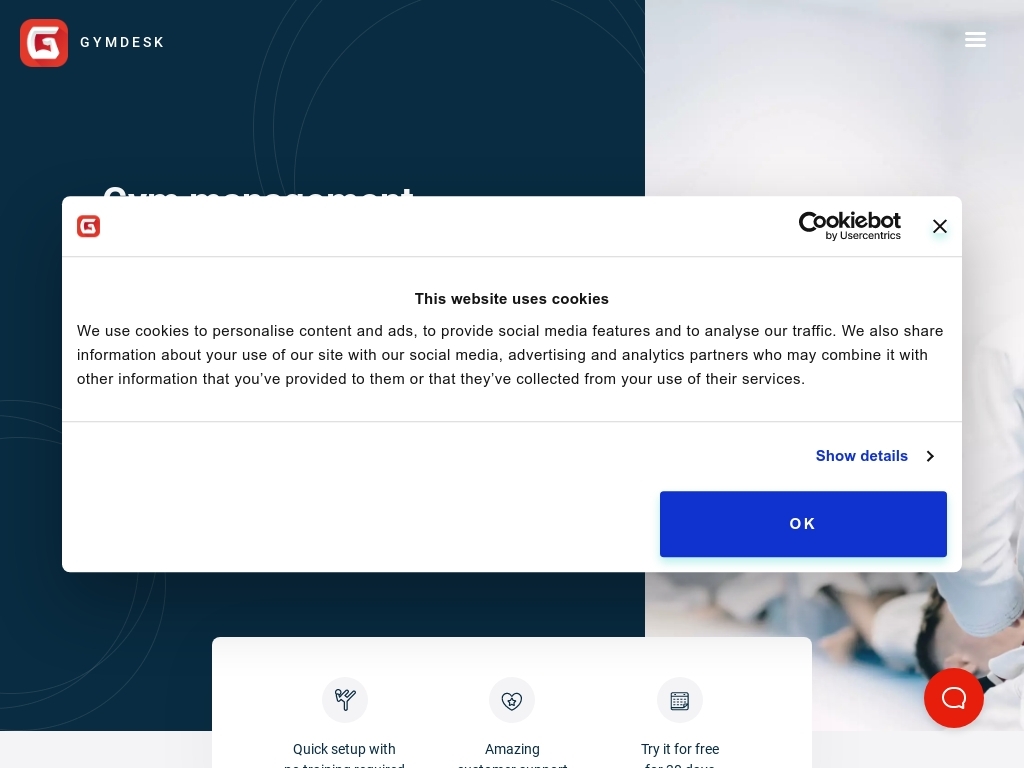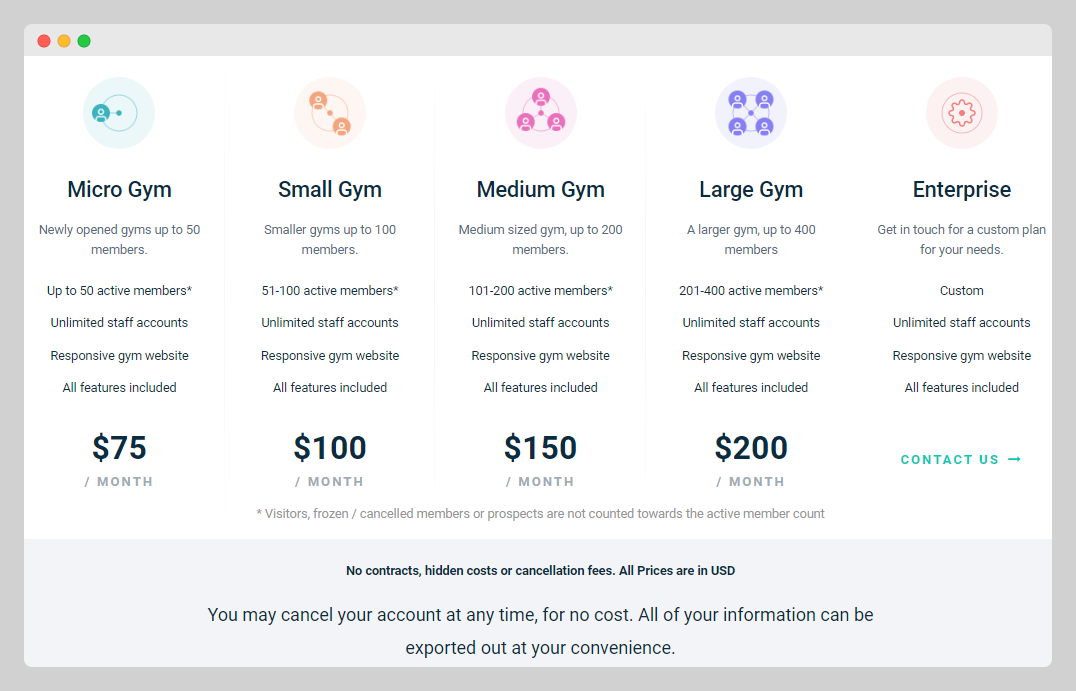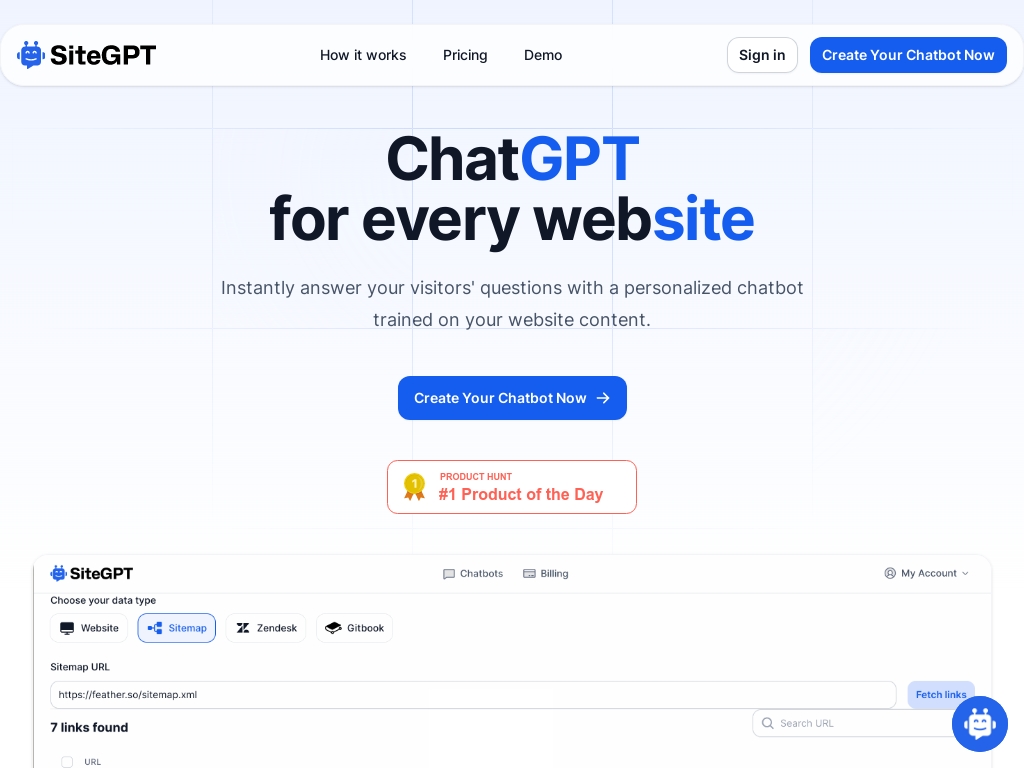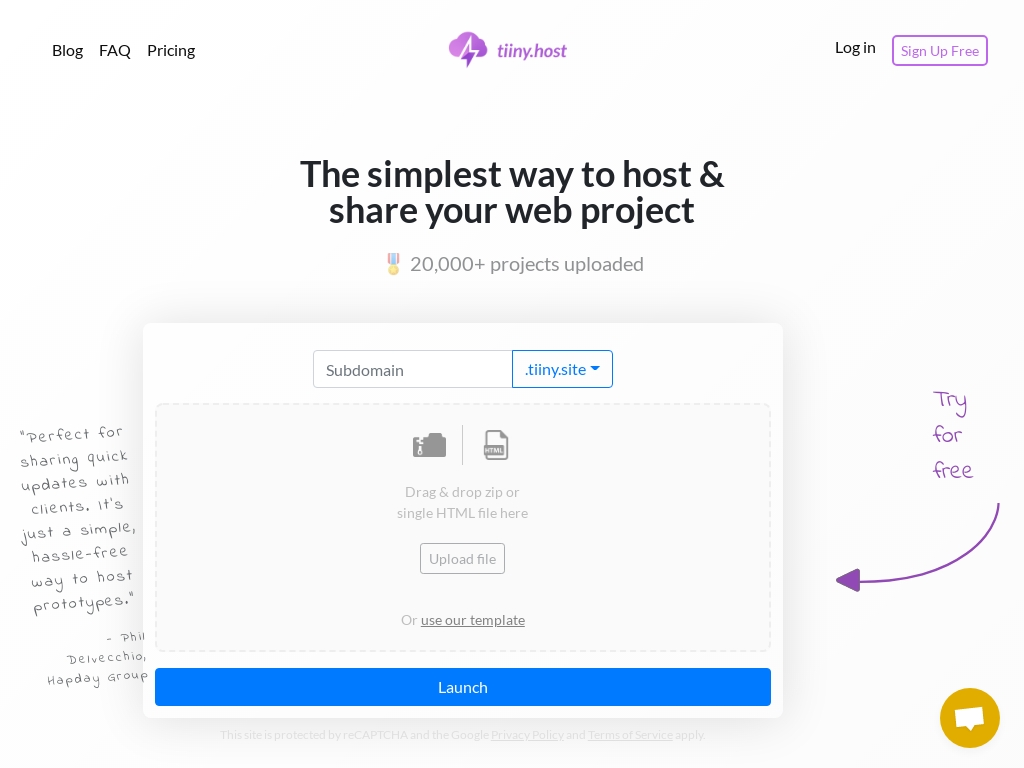
How One Founder Bootstrapped Gym Management Software to a $32.5M Exit
Who is Eran Galperin?
Eran Galperin, the founder of Gymdesk, has a background in software development and product management, with nearly two decades of experience in building software businesses. Originally from Israel and an enthusiast in Brazilian Jiu-Jitsu, Eran leveraged his technical expertise and personal passion to create Gymdesk in 2016, transitioning from being a technical leader to a successful entrepreneur.

What problem does Gymdesk solve?
Gymdesk helps gym owners who are overwhelmed by administrative tasks by providing intuitive software to streamline operations, allowing them to focus on growing their business.

How did Eran come up with the idea for Gymdesk?
Eran Galperin founded Gymdesk after recognizing a gap in the market for user-friendly gym management software, inspired by his own experiences training in Brazilian Jiu-Jitsu. He observed the administrative challenges faced by gym owners and was passionate about creating a modern software solution to streamline these processes. Initially, his technical background posed a challenge in understanding customer acquisition and marketing, but Galperin was committed to improving the product through continuous feedback and interaction with early users.
To validate his idea, he spent substantial time understanding the needs of gym owners, incorporating their feedback into Gymdesk's development. This iterative process helped him refine the product, ensuring it was aligned with the market's demands. Through this journey, he learned the importance of approaching feedback with an open mind and treating the development of Gymdesk as a long-term endeavor, embracing persistence and gradual progress.
How did Eran Galperin build the initial version of Gymdesk?
Eran Galperin started developing Gymdesk, originally called Martial Arts on Rails, in late 2015, primarily as a technical founder with a deep background in software development. The initial product took about four months to build, and Eran worked nights and weekends to complete it while maintaining a full-time job. The development process involved direct interaction with users, collecting valuable feedback, and iterating the software based on this input, which proved pivotal in refining the product. The challenges included a steep learning curve regarding customer acquisition and balancing product development with limited resources, ultimately leading to a process-driven product improvement strategy that leveraged user feedback for continual enhancement.
How did Eran launch Gymdesk and get initial traction?
Blogging and Guest Posts
Eran, the founder of Gymdesk, initially got the word out about his business through content marketing. He focused on writing blog posts on the Gymdesk website and contributing guest posts to other relevant publications. This method aimed to attract organic traffic by providing valuable information to gym owners looking to streamline their operations with software solutions.
Why it worked: Content marketing helped establish Gymdesk as an expert in gym management software. The blog and guest posts attracted the attention of potential customers who were searching for solutions to their problems, creating a steady flow of organic traffic.
Social Media Engagement
In the nascent stages, Eran also leveraged social media platforms like Reddit to share links and engage with communities that had potential customers. This direct interaction facilitated word-of-mouth about Gymdesk's offerings, sparking curiosity and interest among gym owners and fitness enthusiasts.
Why it worked: Social media platforms provided a low-cost and effective avenue for directly connecting with individuals in target demographics, allowing Gymdesk to reach potential customers organically and foster early engagement with the community.
Consistent Product Improvement
Rather than overextending on expensive customer acquisition strategies, Eran prioritized product improvement through feedback from initial users. By understanding their needs and making necessary adjustments to the software, Gymdesk gradually gained satisfied customers who appreciated the tailored solutions, resulting in $5.3k in total revenue by the end of 2016.
Why it worked: Listening and responding to customer feedback allowed Gymdesk to build a product that resonated with its users, creating a loyal customer base that further spread the word about the software’s effectiveness and ease of use.
What was the growth strategy for Gymdesk and how did they scale?
SEO
Gymdesk founder Eran Galperin focused heavily on organic traffic through SEO, especially after struggling with customer acquisition in the initial stages. He leveraged his background in technical writing and SEO to create a structured, repeatable process. The Gymdesk team invested in content marketing by hiring a full-time content marketing editor to expand and retain their search engine rankings. Their concerted efforts in this area led to SEO becoming their strongest acquisition channel, accounting for over 60% of their leads, attributed to the buying intent associated with organic search traffic.
Why it worked: The thorough and strategic approach to SEO allowed Gymdesk to position itself effectively in search results, driving high-quality leads due to the strong search intent inherent in users looking for gym management solutions. This approach has fueled consistent and impactful growth, making SEO a pivotal element of their customer acquisition strategy.
Exceptional Customer Support
Gymdesk built a reputation for providing exceptional customer support, starting from the founder himself who was very responsive to user queries. The team maintained a policy of quickly addressing customer reports and implementing small feature requests, often within the same day. This level of responsiveness and care was highlighted in customer reviews and became a distinctive factor that set Gymdesk apart from competitors.
Why it worked: Rapid and personalized customer support created a strong rapport with users and fostered loyalty, encouraging word-of-mouth recommendations. Customers felt valued and listened to, leading to high retention rates and positive reviews, which enhanced the brand's reputation and trust in the industry.
Product Differentiation
In a competitive market, Gymdesk distinguished itself through a user-friendly product interface and experience. Unlike many competitors with outdated software, Gymdesk prioritized a modern and intuitive design. They actively incorporated user feedback to improve product functionality, ensuring that features were not only robust but also easy to use without needing extensive onboarding or educational support.
Why it worked: By focusing on the user experience and ensuring the product was accessible and straightforward, Gymdesk attracted users dissatisfied with complex or antiquated systems offered by competitors. This direct influence on customer satisfaction and ease of use facilitated organic growth through word-of-mouth and referrals.
What's the pricing strategy for Gymdesk?
Gymdesk employs a tiered subscription pricing strategy, offering monthly plans starting at $75, $95, and $125, with a free trial available to attract potential customers.

What were the biggest lessons learned from building Gymdesk?
- Patience & Persistence Pay Off: Building Gymdesk took over three years before it was profitable enough to support its founder full-time. Sticking with it through the tough times and having patience ultimately led to success.
- Adapt & Learn Continuously: As a technical founder, Eran Galperin had to learn customer acquisition and business operations from scratch. The journey involved understanding users' needs and refining the product continually based on feedback.
- Balance Work & Well-being: Attempting to sprint through building the company led to burnout in the founder's past ventures. Treating the process as a marathon, working strategically, and knowing when to pause prevented burnout this time.
- Prioritize User Feedback: Listening to user requests and iterating the product in response was crucial. A process of engaging with users and understanding their goals helped Gymdesk improve its product to benefit a broad user base.
- Focus on Core Strengths: Despite challenges in customer acquisition initially, Gymdesk succeeded by emphasizing product quality and customer experience, allowing them to stand out with a user-friendly solution in a competitive market.
Gymdesk Acquisition: How much did Gymdesk sell for and what was the acquisition price?
Gymdesk was acquired for $32.5 million by Five Elms Capital, marking a significant milestone in 2023 with a strategic growth investment.
Discover Similar Business Ideas Like Gymdesk
|
|
Idea
|
Revenue
|
|---|---|---|
|
PDFShift
|
HTML-to-PDF conversion API service.
|
$8.5K
monthly
|
|
SiteGPT
|
AI chatbot trained on your website content.
|
$15K
monthly
|
|
Hallow
|
"Catholic prayer and meditation app fostering faith growth."
|
$278K
monthly
|
|
tiiny.host
|
Static website hosting made simple for everyone.
|
$15K
monthly
|
|
Studio Wombat
|
WooCommerce plugin developer for enhanced e-commerce features.
|
$15K
monthly
|
|
Treendly
|
Trend-spotting platform for untapped market insights.
|
$1K
monthly
|
|
ScreenshotOne
|
API for capturing website screenshots easily.
|
$2.2K
monthly
|
More about Gymdesk:
Who is the owner of Gymdesk?
Eran Galperin is the founder of Gymdesk.
When did Eran Galperin start Gymdesk?
2015
What is Eran Galperin's net worth?
Eran Galperin's business makes an average of $120K/month.
How much money has Eran Galperin made from Gymdesk?
Eran Galperin started the business in 2015, and currently makes an average of $1.44M/year.

Download the report and join our email newsletter packed with business ideas and money-making opportunities, backed by real-life case studies.

Download the report and join our email newsletter packed with business ideas and money-making opportunities, backed by real-life case studies.

Download the report and join our email newsletter packed with business ideas and money-making opportunities, backed by real-life case studies.

Download the report and join our email newsletter packed with business ideas and money-making opportunities, backed by real-life case studies.

Download the report and join our email newsletter packed with business ideas and money-making opportunities, backed by real-life case studies.

Download the report and join our email newsletter packed with business ideas and money-making opportunities, backed by real-life case studies.

Download the report and join our email newsletter packed with business ideas and money-making opportunities, backed by real-life case studies.

Download the report and join our email newsletter packed with business ideas and money-making opportunities, backed by real-life case studies.
















